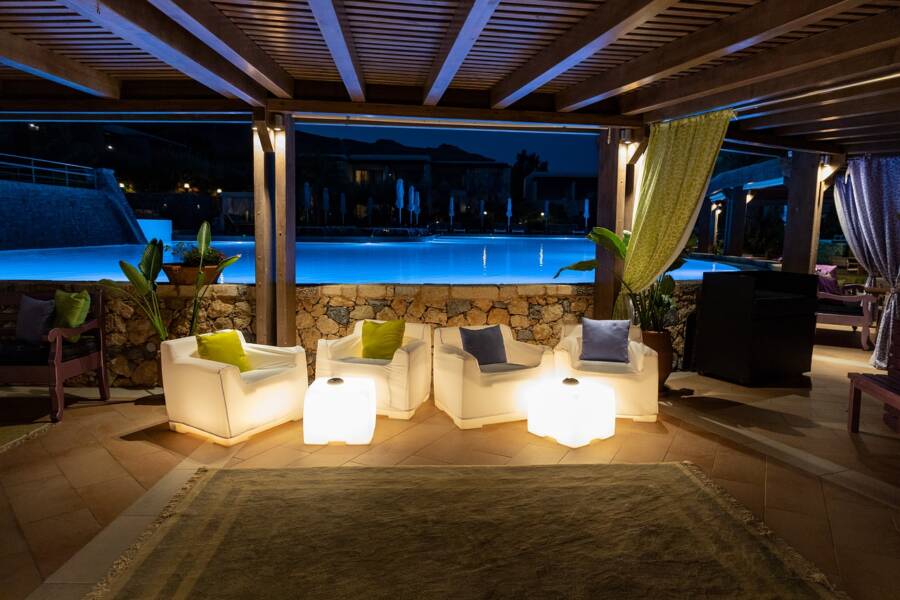If the operations of your business or organisation rely in any way on the light bulb market, you’ll already know that LED bulbs are already a very big thing. After the decades-long prominence of other light bulb technologies – all the way from Thomas Edison’s first incandescent bulb though to more modern fluorescent, halogen and other technologies – the light emitting diode (LED) is clearly the future of lighting.
And it’s no surprise why. By passing an electrical current through a microchip to light up the diodes, we get a light bulb that almost never fails, produces minimal heat, is vastly more efficient, and can withstand more than a little knock. As for the diodes themselves, there is almost limitless ability to customise the output for the look, lighting and directional properties, and tailored applications that puts more options in the hands of business and industry than ever before.
But embracing the world of LED is the easy part. Choosing the right LED bulbs for your operations and needs from an exponentially growing list of options is what we’re going to help you out with today:
-
Read the label/description
Where you once might have made your bulb selection almost automatically, embracing the world of LED bulbs will require some getting up to speed. And the best way to do that is to carefully read what the manufacturer or supplier is telling you.
-
Brightness
Where the measure of brightness was always watts, switching to LED will require a shift to another metric – lumens. Good LED bulb products will always help you out by outlining lumens/wattage equivalency, so if you’re swapping out an incandescent bulb with an LED solution, getting it about right should be easy.
-
Appearance
But light isn’t just about brightness – it’s also about the appearance or light qualities of the product you need. Colour temperature, measured in Kelvin (K), is another way to put it, with the Kelvin scale moving all the way from red to purple. As a quick guide, a warm and comfortable light will be in the 2,000K ballpark, while your cooler, bluer, daylight-like light for the warehouse might be 5,000K.
-
Quality
At this point, it’s necessary to point out that while you may pay a little more for a high quality LED bulb product, it will cost you less in the long-term – unless you try to slash your upfront costs too severely. So while you may have got used to ‘cheap as chips’ prices for an incandescent bulb, the fact that you need to keep buying more as they burn out – especially for intense industrial or commercial purposes – will cost you much more in the long run. Buy quality LED bulbs and you’ll actually be amazed how seldom you’ll ever have to replace it.
-
Dimmable
Something else to watch out for is to check whether you need your LED bulbs to be dimmable – because they might not be by default. Dimmable LED bulbs will need some extra hardware on that microchip, but also bear in mind that ‘smart’ LED bulbs are now on the market and they can do an impressive range of user-customisable things – without ever needing to touch that dimmer switch.
Ready to make the switch to LED bulbs?
Finally, LED bulbs come in such a vast array of shapes, sizes, features and qualities that the switch from your operations’ existing lighting solutions should be smooth-sailing. Just be sure you also get the colour rendering, heat output and rated lifespan right, and you should be ready to browse for your business’ new LED lighting solutions. Good luck!
Ingrid Maldine is a business writer, editor and management consultant with extensive experience writing and consulting for both start-ups and long established companies. She has ten years management and leadership experience gained at BSkyB in London and Viva Travel Guides in Quito, Ecuador, giving her a depth of insight into innovation in international business. With an MBA from the University of Hull and many years of experience running her own business consultancy, Ingrid’s background allows her to connect with a diverse range of clients, including cutting edge technology and web-based start-ups but also multinationals in need of assistance. Ingrid has played a defining role in shaping organizational strategy for a wide range of different organizations, including for-profit, NGOs and charities. Ingrid has also served on the Board of Directors for the South American Explorers Club in Quito, Ecuador.
